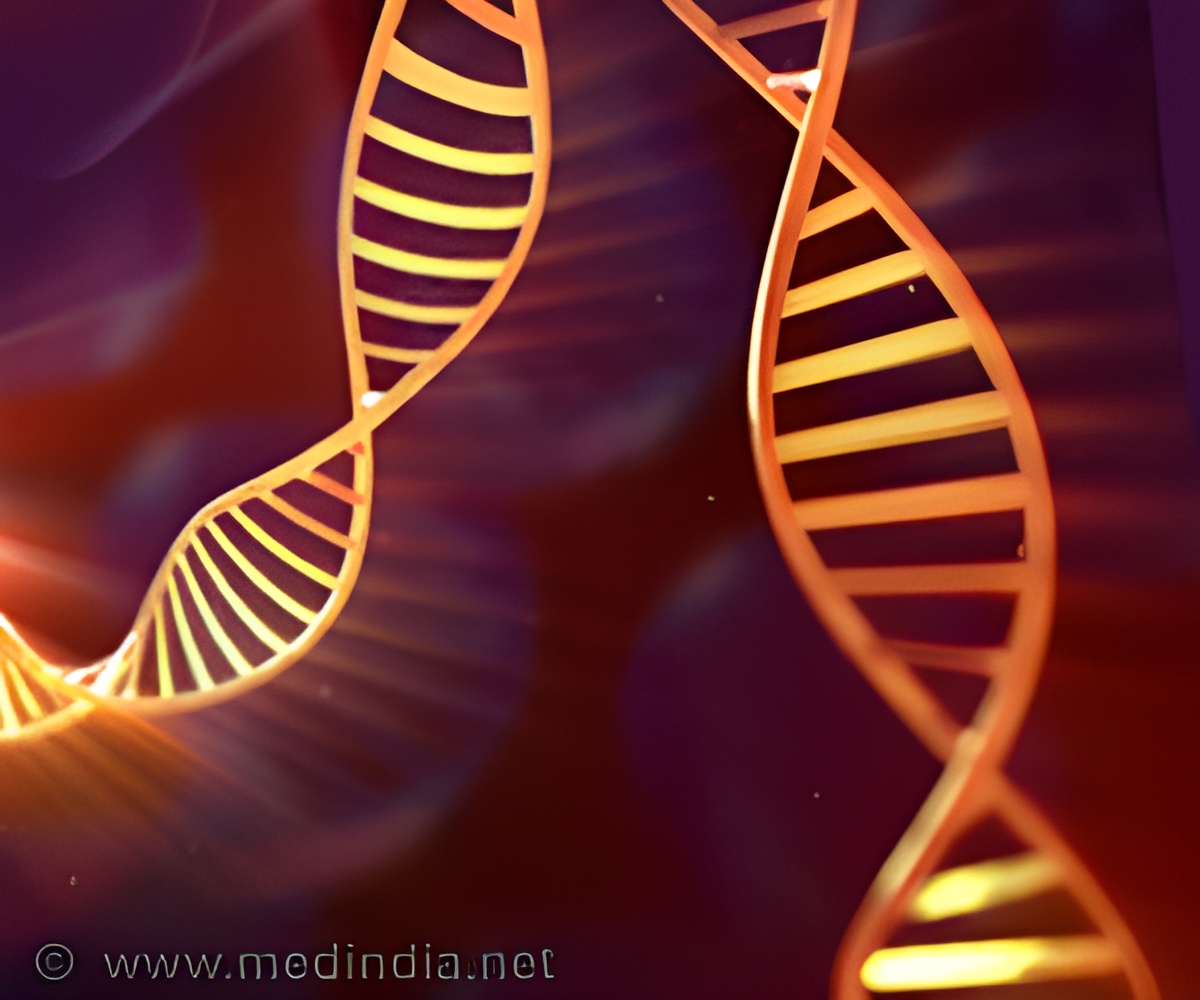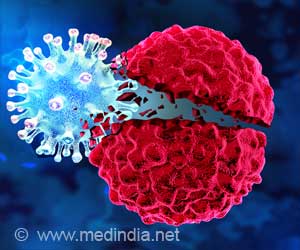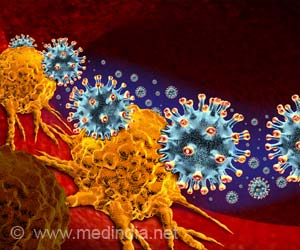Scientists have discovered a new and promising drug target for Myelodysplastic syndrome (MDS) cancer treatment.

‘Traditional treatment options for MDS symptoms, such as anemia, rely on the body's natural ability to make more mature red blood cells, which is driven by a hormone called erythropoietin (EPO).’





Zhang's lab working with experts from Memorial Sloan Kettering Cancer Center and National Institute of Diabetes and Digestive and Kidney Diseases discovered the new drug target that could meet this need. Their research was recently published in Science Translational Medicine.
"We have been working with a multidisciplinary team that consists of physicians and medicinal chemists to translate our basic discovery into novel therapeutics which can be tested in clinical trials for the benefit of patients," Zhang said. The ultimate goal, Zhang said, is to create a drug that will adequately restore blood cell production in MDS patients who are resistant to existing treatments.
To understand exactly how the new drug target works, it's important to first know why MDS is so difficult to treat. Unlike many other cancers, MDS is not characterized by a tumor. Instead, this blood cancer is sometimes referred to as "bone marrow failure disorder."
Bone marrow is designed to produce enough blood for everyday survival. When blood cells are lost via bleeding or when they grow too old to do their job, replacement cells are made and begin to mature. MDS results from those replacements being too few, defective or both.
Immature red blood cells developing in the bone marrow, called progenitor cells, must be exposed to EPO to trigger their final change into fully mature red blood cells ready to aid the body. It would then stand to reason that delivering lots of EPO to the bone marrow would fix most MDS cases. But this is simply not the case.
Advertisement
"So to treat this," Zhang explained, "you can't target the late progenitor. Their capacity to make new cells is very limited. But with the earlier cells, we have a chance."
Advertisement
In mice genetically designed to mirror the pathological features of human MDS, this strategy significantly improved survival rates.
"More importantly, these preclinical tests have shown that the treatment exhibited a sustained and long-term therapeutic efficacy," Zhang said. "We're now translating this discovery into clinical development, and we hope our progress will benefit patients in the near-future."
Source-Eurekalert















